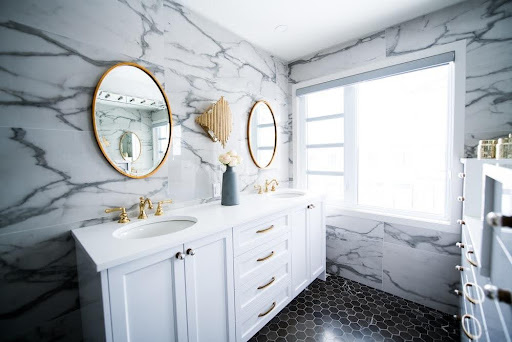Imagine the blistering heat of summer. Now, picture walking into a building and feeling that instant relief as cool air washes over you. What’s making this heavenly comfort possible? You got it—air conditioning.
The Gift of Air Conditioning
Air conditioning isn’t just a luxury; it’s a transformative technology that has fundamentally changed architecture and how we live.
Historical Perspective
Before Air Conditioning
Before the advent of air conditioning, architectural designs were strongly influenced by the local climate. Buildings had high ceilings, large windows, and wide verandas to cope with the heat.
The Birth of Air Conditioning
Everything changed in 1902 when Willis Haviland Carrier invented the first modern air conditioner. The device not only cooled air but also controlled humidity, making indoor environments far more comfortable.
How Air Conditioning Works
Basics of the System
So, how does this wonder-machine work? The core components include a compressor, a condenser coil, and an evaporator coil. Air conditioners pull warm air in, cool it down, and then push it back into the room.
The Refrigeration Cycle
The secret sauce here is the refrigeration cycle, which essentially absorbs and releases heat, effectively ‘transferring’ it from inside to outside.
Impact on Modern Architecture
Designing for Efficiency
Air conditioning has altered building design in a big way. Now, structures can have lower ceilings, fewer windows, and more walls, since natural airflow isn’t the only cooling method.
Facade and Materials
The materials used in modern architecture have also evolved. You see less wood and more metal and glass, which work well with air-conditioned environments.
Open-Plan Spaces
You know those sprawling office spaces with barely a wall in sight? Thank air conditioning for that. Open-plan designs are feasible because air can be efficiently circulated.
Environmental Concerns
Energy Consumption
Let’s face it; air conditioning chews up energy. In fact, ACs account for nearly 20% of the electricity used in buildings worldwide.
Alternative Solutions
Solutions like solar air conditioning and geothermal cooling are emerging to mitigate this impact.
How Architecture is Adapting
Passive Cooling Techniques
Modern architecture is adapting by embracing passive cooling techniques, such as strategic shading and wind capture.
Sustainable Materials
We’re also seeing a rise in sustainable materials like breathable fabric walls and high-performance glass.
Cultural Impact
Indoor Culture
Air conditioning has allowed for the growth of an “indoor culture.” Think malls, indoor theaters, and even the concept of “indoor comfort.”
Commercial Spaces
This technology has also impacted commercial spaces. Malls and stores keep the cool air flowing to make sure you stay and shop.
Future Trends
Smart Systems
In the future, expect smarter, more efficient air conditioning systems that work in sync with the architectural design to maximize energy efficiency.
Architectural Innovations
And don’t be surprised to see more architectural innovations that reduce the need for air conditioning altogether.
FAQs
In 1902 by Willis Haviland Carrier.
More metal and glass are used today because they work well in air-conditioned environments.
Solar air conditioning and geothermal cooling are emerging options.
Through passive cooling techniques and the use of sustainable materials.
Expect smarter systems and more architectural innovations that reduce the need for AC.
Conclusion
Air conditioning isn’t just about staying cool; it’s a technology that has redefined the parameters of modern architecture. But with this comfort comes responsibility—to use it wisely and think about its environmental impact.










Find Us on Socials